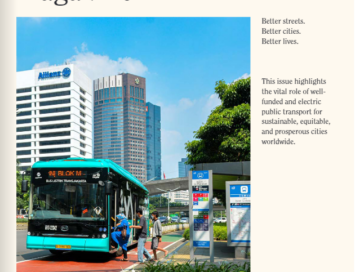Implementation of Parking Meters in the Hipódromo Neighborhood of Mexico City
Many of the mobility issues faced by the Hipódromo neighborhood have their roots in the movement of activity towards the west and south, and the creation of de facto economic centers previously located the city’s historic center. The movement of economic activities toward the southwest eventually turned into a corridor with an axis that flowed from the downtown area to Periférico Sur along Insurgentes Avenue. This corridor, combined with the neighborhood’s high concentration of infrastructure and civic facilities, put pressure on the area since the nineteen seventies to modify its mostly residential zoning restrictions and gradually covert it into one of the most dynamic economic centers of the city.
As a result of the earthquake of 1985, however, the neighborhood lost many residents. By the end of the nineteen nineties and start of the new millennium, with the implementation of Bando 21, the Cuauhtémoc district and, in particular, Hipódromo, Condesa and Hipódromo Condesa neighborhoods underwent a real estate transformation that brought new commerce, offices, entertainment centers and housing to the area. Despite the economic transformation of these areas, however, no major changes were realized to manage the surging parking demand now common in this area.
Hipódromo experiences high parking demand mostly due to an increase in workers who every day occupy on-street parking spaces and use these spaces for parking free of charge. Motorists often double park and invade sidewalks and pedestrian access areas during extended periods of time. Local residents and short-term visitors have been brusquely pushed aside, forcing them to now invest disproportionate periods of time in cruising for a parking space.
In addition, the notable increase in traffic congestion has resulted in added noxious emissions and a reduction in road safety for both pedestrians and cyclists. Another negative effect is the promotion of the myth of a parking shortage, and therefore about the need to build or generate new off-street parking spaces.



